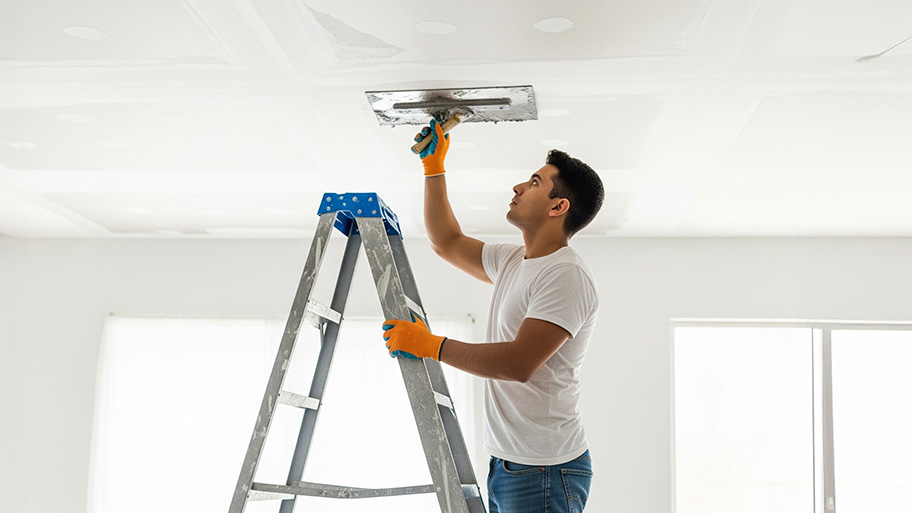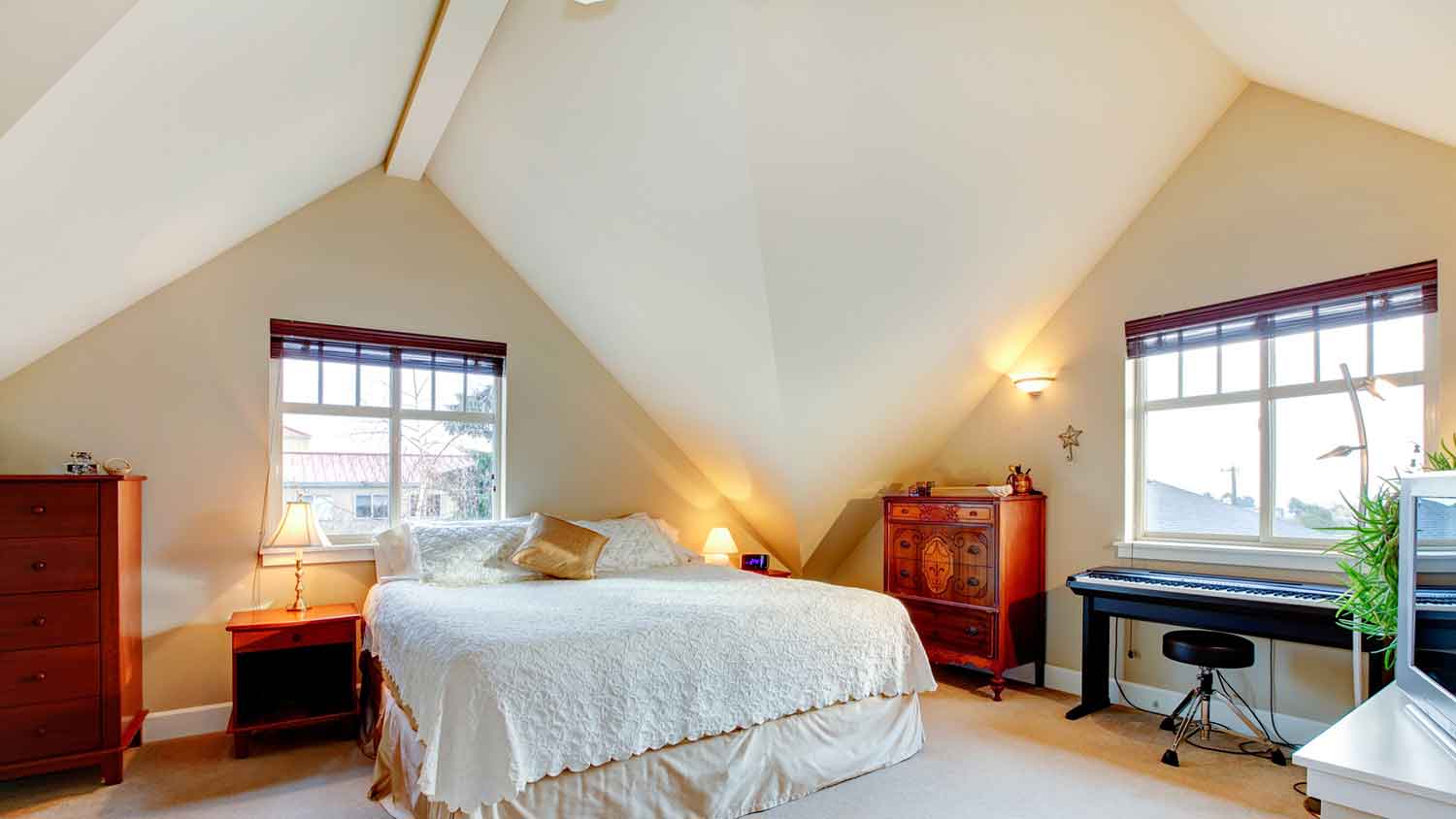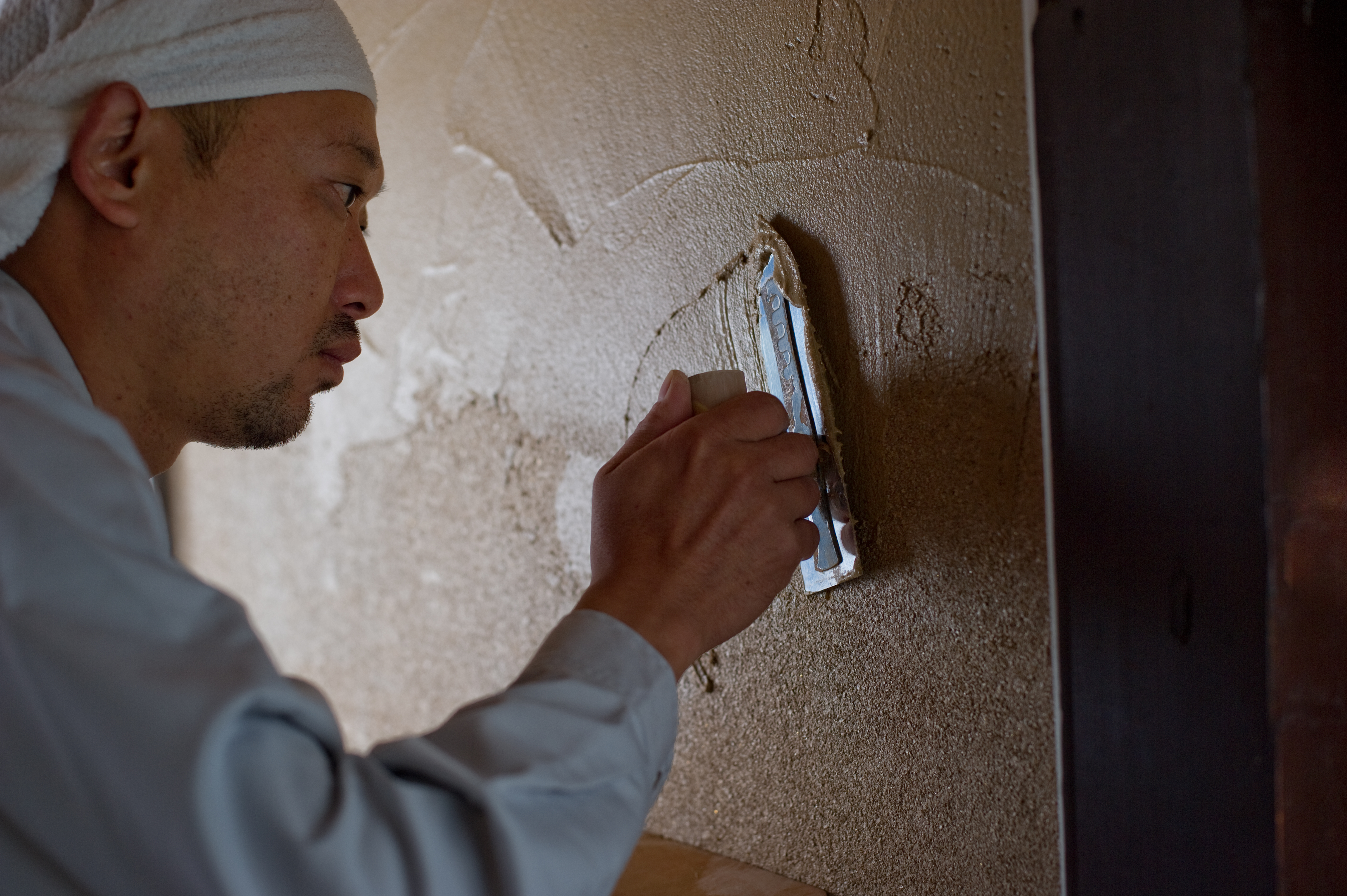
A ceiling repair averages about $1,000, but multiple factors affect this number. Learn more about creating an accurate ceiling repair cost estimate with our tips.
Take your room design to new heights


Vaulted ceilings extend above typical ceiling height via a self-supporting arch.
They make a room feel more spacious and create a dramatic visual effect.
There are many types and shapes to match different room styles.
They have a high average installation cost of $19,900 and can increase your energy bill.
Ceilings often go underutilized as a design element, with standard flat ceilings reigning supreme. If you want a ceiling with some character, you may wish to incorporate a traditional architectural style like a vaulted ceiling. These lofty designs can open up a space by increasing a room's height and letting in more natural light. Learn more about what a vaulted ceiling is and the pros and cons in this quick guide.
A vaulted ceiling extends above a typical ceiling height into an unused roof structure via a self-supporting arch called a vault. The vault sits above the tops of the walls and extends to the center of the room. However, it doesn't have to follow the exact pitch of the roof and can have uneven sides, so a variety of styles are possible.
Modern usage of the term "vaulted ceiling" has gotten loose enough that it's sometimes used to refer to other raised ceiling styles. However, a true vaulted ceiling is tied to the home’s structure. For this reason, you’ll need to hire a ceiling contractor near you to handle the construction.
Vaulted ceilings are best in a home's common areas where you want the atmosphere to feel open and inviting—and where you can wow your guests. Certain styles are well-suited to large spaces such as grand entryways, living rooms, dining rooms, and great rooms. You may see dome vault ceilings in smaller spaces like an office, library, or study.

Vaulted ceilings come in various styles. Here are some of the most common vaulted ceiling types.
Also called a double barrel or cross vault, a groin vault is created by intersecting two barrel vaults at a right angle. This forms a square ceiling shape with a point in the center. The edge between intersecting barrel vaults is the groin. This versatile design can fit most spaces.
A dome vault gets its name from the spherical dome at the top. This creates a soft look that’s best incorporated into smaller spaces such as primary bedrooms, kitchens, and home offices.

A rib vault has a similar shape to a groin vault. The difference is the addition of extra arched, diagonal strips at the peak of each barrel between groins. The ribs add durability and character.
A barrel vault has a semicircular arch shape and resembles the inside of a huge barrel cut in half. It features one uniform arch that runs the ceiling length to create a tunnel-like effect. This is the simplest and most minimalist vaulted ceiling style.
Cathedral ceilings are technically distinct from other vaulted ceilings because they follow the shape of the roof. They are symmetrical, with parallel sides that taper to a point in the center.
A fan vault is like a rib vault but with many smaller, equally spaced ribs between each main rib and groin.
A cloister vault is similar to a groin vault in that it's formed by intersecting two barrel vaults. However, it doesn't give way to the full barrel-shaped opening. Instead, it features longer, softer concave surfaces arching toward the design's center.
Before you decide whether to install a vaulted ceiling in your home, it's important to weigh the advantages and drawbacks of the design.
Makes a room feel more expansive and luxurious
Can help to bring in more natural light via skylights and larger windows
Can make a room feel cooler since hot air rises to the top
Can impress potential buyers and add to a home's resale value
Occupies otherwise unused attic space
Makes it more difficult to heat a room efficiently
More difficult maintenance with ceiling fans and light fixtures out of reach
Makes a room feel less cozy
High installation cost
Requires additional roof structure for support
Vaulted ceilings are more expensive than flat ceilings, especially if you're renovating an existing home. The average cost to vault a ceiling is $19,900, and it's not a project you can DIY. You’ll want to find a ceiling repair pro to do the job.
In addition, a vaulted ceiling can impact your home's energy efficiency. Hot air rises, so a vaulted ceiling can help keep your home cool in warmer climates. However, that makes it more difficult to heat your space, especially in colder northern climates. Expect higher energy bills after installing a vaulted ceiling.
From average costs to expert advice, get all the answers you need to get your job done.

A ceiling repair averages about $1,000, but multiple factors affect this number. Learn more about creating an accurate ceiling repair cost estimate with our tips.

Popcorn ceiling removal costs depend on the size of your ceiling and any additional services like asbestos removal and resurfacing. Learn all the costs here.

The cost of plastering walls and ceilings depends on the room size and ceiling height. Our tips can help you estimate an accurate cost.

If your plaster patch is not blending well, make sure you’re using the right repair techniques. Here are our top tips and tricks for a smooth finish.

The different types of plaster each has its own advantages and disadvantages. Use this guide to help you choose the best type of plaster for your project.

Tired of looking at the crack down the wall? Plaster can be tricky to work with, but you can learn how to fix cracks in plaster walls with this guide.